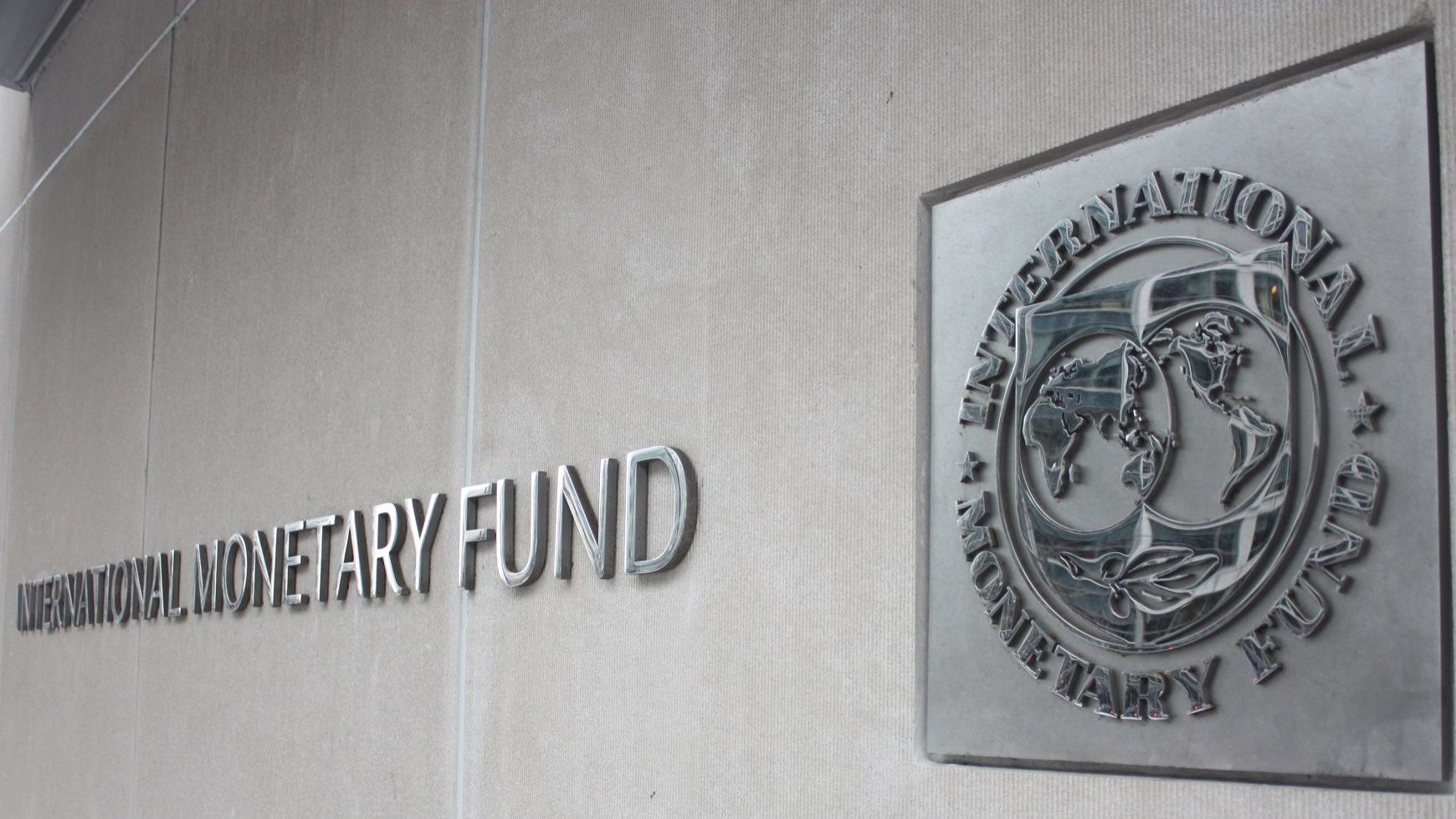Coronavirus case rate in Portugal to breach red line after two months
Portugal's transmissibility index Rt is now over 1, both nationally (1.02) and in all health regions on the mainland, with the exception of the Alentejo (0.99).
Portugal is on course for a 14-day new case rate for the coronavirus that causes Covid-19 of 120 per 100,000 of the population in about two months’ time, according to the latest report on the subject from the country’s Directorate-General of Health (DGS) and Doutor Ricardo Jorge National Health Institute (INSA).
“The number of new cases of infection by SARS-CoV-2/Covid-19 per 100,000 inhabitants, accumulated over the past 14 days, was 66, with a slightly increasing trend at the national level,” states the institutions’ second monitoring report during the easing of lockdown on the mainland, covering the period from March 24 to April 7. “It is estimated that the doubling time of incidence is 86 days, which means that, at the current rate of growth, it will take two or more months to reach the line of 120 cases per 100,000 inhabitants.”
On March 11, in presenting the government’s plan for lockdown easing, the prime minister, António Costa, said the plan would be revised if Portugal exceeded 120 new cases per day per 100,000 inhabitants over 14 days, or whenever Rt – the average number of secondary cases that result from a single case of the virus – exceeds 1.
According to the report, which was released late on Saturday, the transmissibility index Rt is now over 1, both nationally (1.02) and in all health regions on the mainland, with the exception of the Alentejo (0.99).
The national Rt rate has been rising steadily since February 10.
The Algarve, which according to the first monitoring report had the highest Rt, of 1.19, was now down to 1.05 – “suggesting the deceleration of the increase of incidence in the region”, the new report states.
“The overall analysis of the various indicators suggests an epidemiological situation with community transmission of moderate intensity and reduced pressure on health services,” it adds of the national situation.
“There was a slight increase of transmission in the younger age groups, but with less risk of unfavourable evolution of the disease,” it continues, adding that “the recent Easter period and the beginning of lockdown easing are factors that may interfere” in the situation, “with reflections visible in the coming weeks.”
The report indicates that the number of Covid-19 patients in intensive care units in hospitals on the mainland “has been on a downward trend” and on April 7 stood at 122, below the critical figure of 245.
Nationally, the proportion of tests for SARS-CoV-2 that had a positive result was 1.5% (from 2 to 8 April) – a figure that remains below the defined threshold of 4%. The total number of tests performed in the week in question was 238,821.
The report states that the proportion of confirmed cases notified late had continued its downward trend, and that in the previous week all cases of infection had been isolated within 24 hours of notification and 95.0% of contacts screened and isolated.
In turn, “sequencing data for March … indicated that variant B.1.1.7 [first identified in the UK] already accounted for 82.9% of cases of infection by SARS-CoV-2/Covid-19 in Portugal,” the document states. Meanwhile, 29 cases of the P.1 variant first identified in Manaus, Brazil had been confirmed through the assessment of suspected cases indicated by health authorities or in lab tests.
Large-scale sequencing in March indicated a relative frequency of the latter variant of 0.4 per cent, indicating its continued low circulation in the country, the report said.
In Portugal, 16,916 deaths associated with Covid-19, out of 827,494 confirmed cases of infection, according to the latest bulletin from the DGS.
Worldwide, the pandemic has caused at least 2,917,316 deaths, resulting from more than 134.6 million cases of infection.
The disease is transmitted by a new coronavirus detected in late 2019 in Wuhan, a city in central China.


